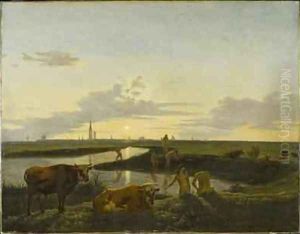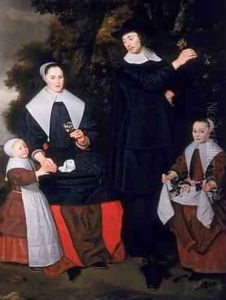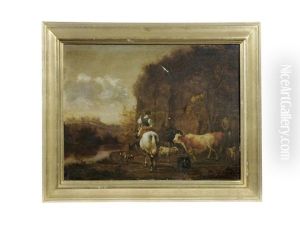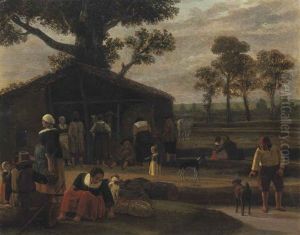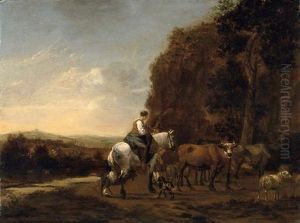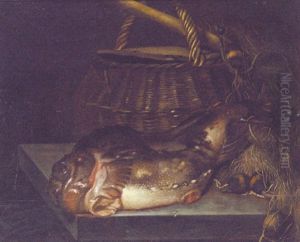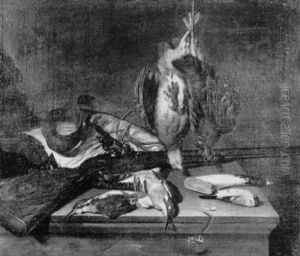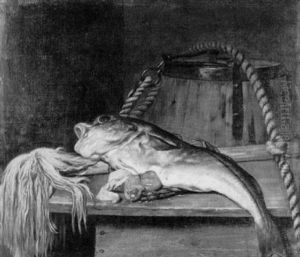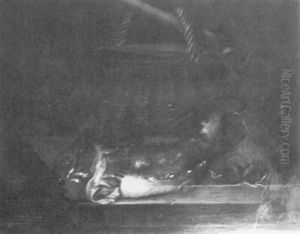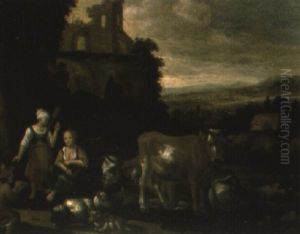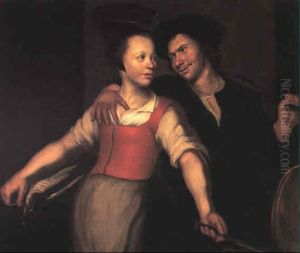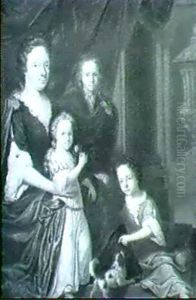Hendrick ten Oever Paintings
Hendrick ten Oever was a Dutch painter and draftsman born in 1639 in Zwolle, located in the Netherlands. He is known mostly for his landscape paintings and his work during the Dutch Golden Age, a period in Dutch history in the 17th century characterized by great wealth and cultural achievement. Ten Oever's life and work were primarily influenced by the rich artistic environment of the time, which saw the flourishing of arts and sciences.
Ten Oever received his artistic training in his hometown of Zwolle. He was particularly skilled in depicting natural landscapes, a genre that was highly popular in the Netherlands during his lifetime. His style was typical of the Dutch Golden Age, with a keen eye for detail and a strong emphasis on the play of light and shadow, which added a sense of depth and realism to his paintings.
Despite his talent, Hendrick ten Oever did not achieve the same level of fame as some of his contemporaries like Rembrandt or Vermeer. However, his works were well-regarded by those who knew of them, and he contributed to the rich tapestry of Dutch landscape painting. His paintings often featured the Dutch countryside, with its waterways, windmills, and expansive skies – motifs that have come to be closely associated with the Dutch landscape genre.
Ten Oever's death occurred in 1716, and while he may not have left a prominent mark on art history, his works remain as a testament to the skills and thematic interests of artists from the Dutch Golden Age. Today, his paintings can be found in various museums and private collections, serving as a window into the past and offering insight into the artistic endeavors of the time.
